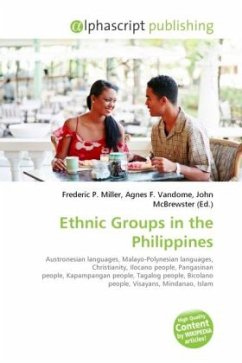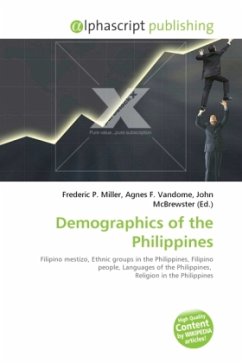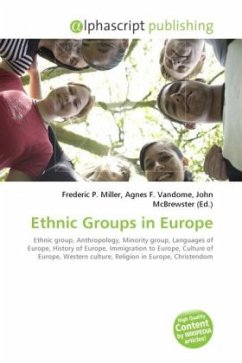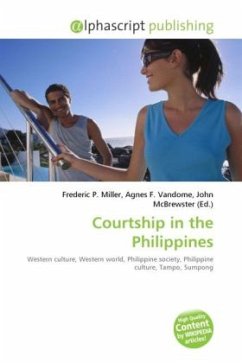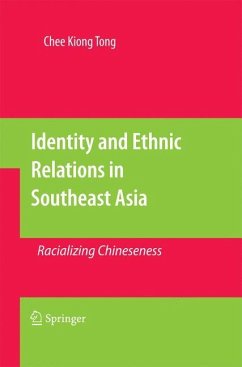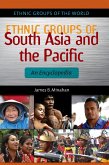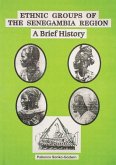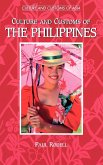High Quality Content by WIKIPEDIA articles! The Philippine islands are inhabited by a number of different ethnic groups. The majority of the population is composed of ethno-linguistic groups whose languages are Austronesian (Malayo-Polynesian) in origin, that converted to Christianity, and adopted European, and American culture. These ethnic groups include the Ilocano, Pangasinense, Kapampangan, Tagalog, Bicolano, and Visayan. In Mindanao, there are people who practice Islam. The Spanish called them Moros after the Moors. In the province of Bukidnon there is an ethnic group of mountain dwelling people called Binukid who speak the Binukid language. However these individuals do not practice Islam. The Negrito are a pre-Mongoloid people that migrated from mainland Asia, were the first human beings to settle the Philippines around 30,000 years ago. The Negrito population are estimated to be numbering around 30,000 in the Philippine population. The tribal groups of the Philippines include the Ati, Igorot, and the T'boli. Their ways of life remains free from Western, and Islamic influence.
Bitte wählen Sie Ihr Anliegen aus.
Rechnungen
Retourenschein anfordern
Bestellstatus
Storno

